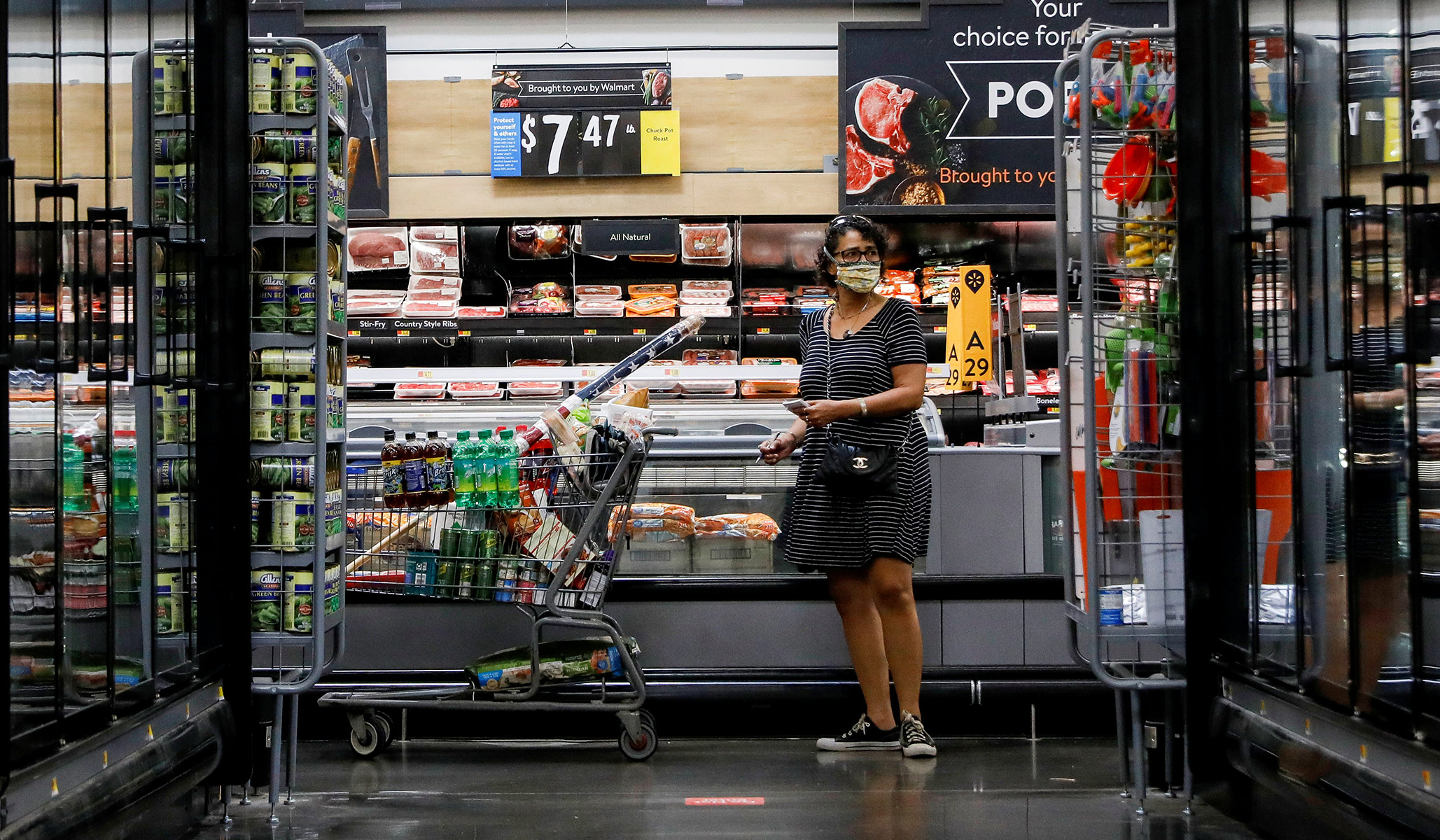


From January 2021 through March 2023, inflation as measured by the personal consumption expenditures (PCE) index for all goods (total PCE) was higher than inflation as measured by the PCE index for all goods less food and energy (core PCE).
This made sense. Food and energy prices are more volatile than other prices, which is why they are often considered separately in inflation analysis. One of the reasons food and energy prices are more volatile is that they are more susceptible to disruptions in supply chains, which we saw first with the pandemic and second with the war in Ukraine and its consequences.
But pandemic disruptions are over, and markets have had time to adjust to the disruptions from the war in Ukraine. Total PCE has come down significantly, and in March it went below core PCE for the first time in over two years.
The chart below begins in 2019 to show the starting point and runs through May of this year.
Total PCE inflation has been declining almost every month since it peaked in June of last year. But core PCE stopped declining in December of last year and has been stuck around 4.6 percent every month since then.
One part of the explanation for the decline in total PCE inflation is the price of gasoline. According to the Energy Information Administration, the national average gasoline price from the first week of May 2023 is 55 cents per gallon lower than it was in the first week of May 2022. That year-over-year decline throws a sizeable negative number into the calculation of total PCE inflation that core PCE inflation does not include.
For much of this inflationary episode, people have been able to say, truthfully, that volatile food and energy prices are making inflation look worse. Since March, that is no longer true, and the gap between total PCE inflation and core PCE inflation is growing.
